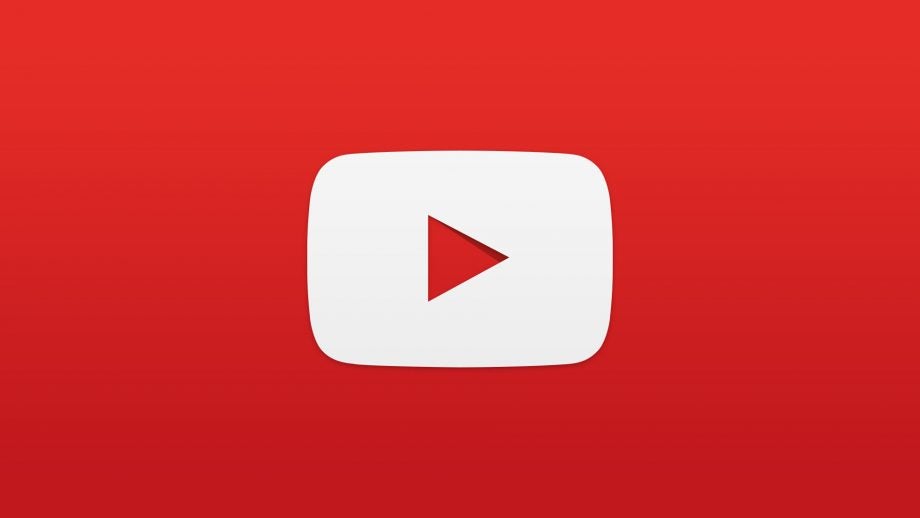YouTube is struggling to tackle dislike mob pile-ons

YouTube has a problem with its ratings system: it’s ridiculously easy to abuse.
Since ditching five-star ratings because the vast majority of people were only ever clicking the extremes, another crack in the system has emerged. Mobs of users have found that an orchestrated campaign of thumb-down ratings can ensure that videos fail to reach a wider audience by tricking YouTube’s algorithm into not recommending them.
Related: Best vlogging camera
Given the current febrile political times we’re living through, that could well be abused to enforce a kind of people-led censorship – which may sound familiar to anyone who heard the strange story of the Digg Patriots from a decade ago.
Now Tom Leung, YouTube’s director of project management, has addressed the issue in a video to the Creator Insider channel, where he said that the issue had been “lightly discussed” at the company HQ. Ironically, at the time of writing, the video has already been disliked 1400 times (to 1200 likes).
Prefacing the discussion by noting that none of his suggestions are perfect, Leung highlighted a number of options that had been considered. Firstly, YouTube may decide to make the number of likes and dislikes invisible by default – currently you have to opt out for this to happen. That should have the effect of blocking a pile-on from people who just see a high number and click it without judging for themselves.
Another option is to ask users why they disliked a video when they click the button, probably in the form of a checklist – though the idea that people wouldn’t just click a random button after essentially clicking a random button seems a bit of a stretch to me.
There’s also the option of removing the dislike button entirely, which would leave users with a binary choice: like a video or don’t vote. Leung himself accepts this isn’t exactly the democratic option, but then Facebook has managed to get away without giving its users the option to dislike updates, so it’s not without precedent.
On the other hand, going from a full five-star rating, to a like/dislike choice, to a single button does feel like a huge act of dumbing down.
Related: Best video-editing apps
That’s probably why Leung has invited YouTube users to make their own suggestions in the comments. Although that’s backfired a little as plenty are noting how YouTube’s own Rewind 2018 video attracted a massive 15 million dislikes, setting new records.
Personally, I’m surprised YouTube hasn’t considered the approach of blocking dislikes from users whose dwell time on the page doesn’t come close to matching the length of the video they’re rating. But perhaps saying this option out loud would draw attention to just how many creepy insights parent company Google can track if it chooses to do so.
How do you think YouTube should tackle dislike mobs? Let us know what you think on Twitter @TrustedReviews.


